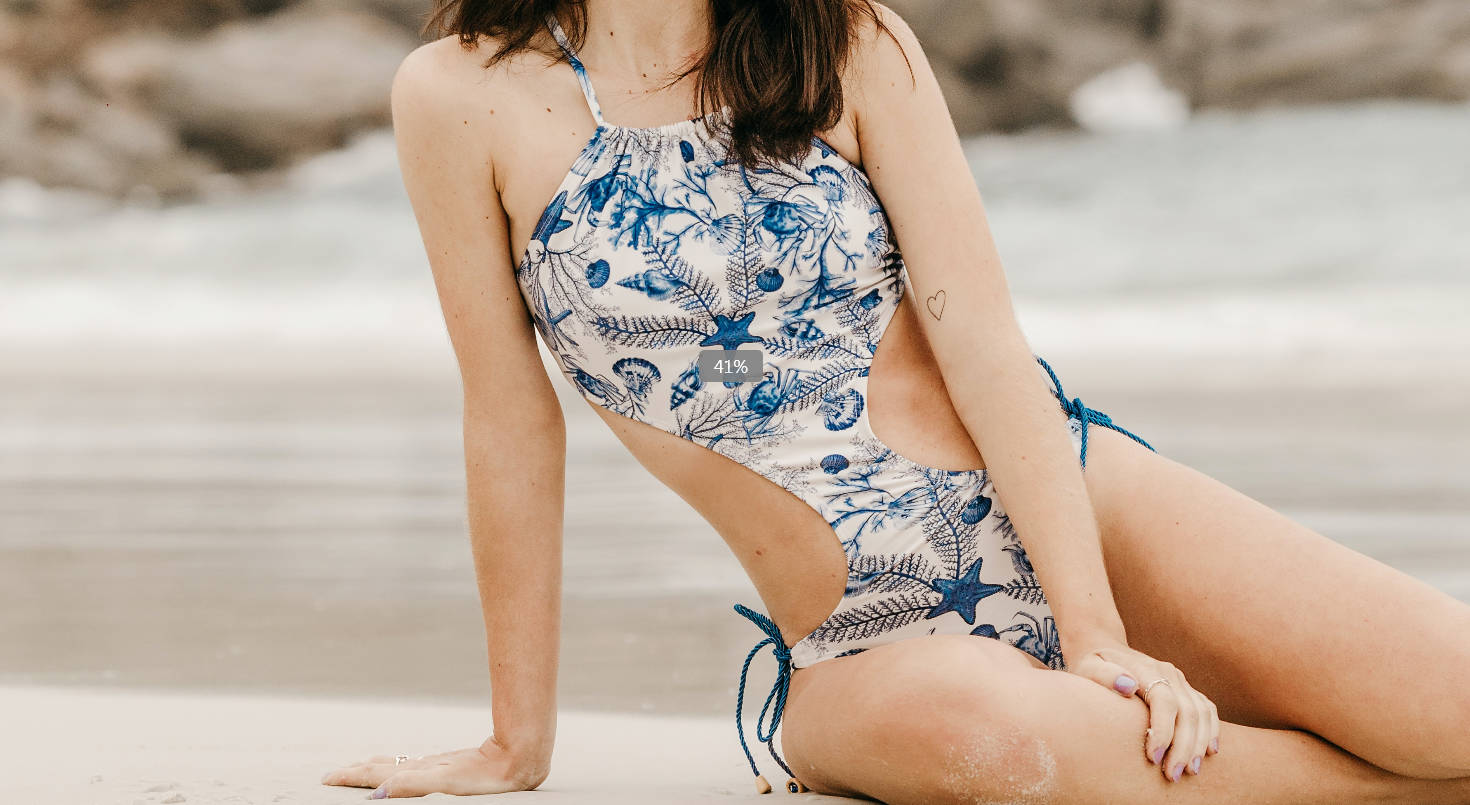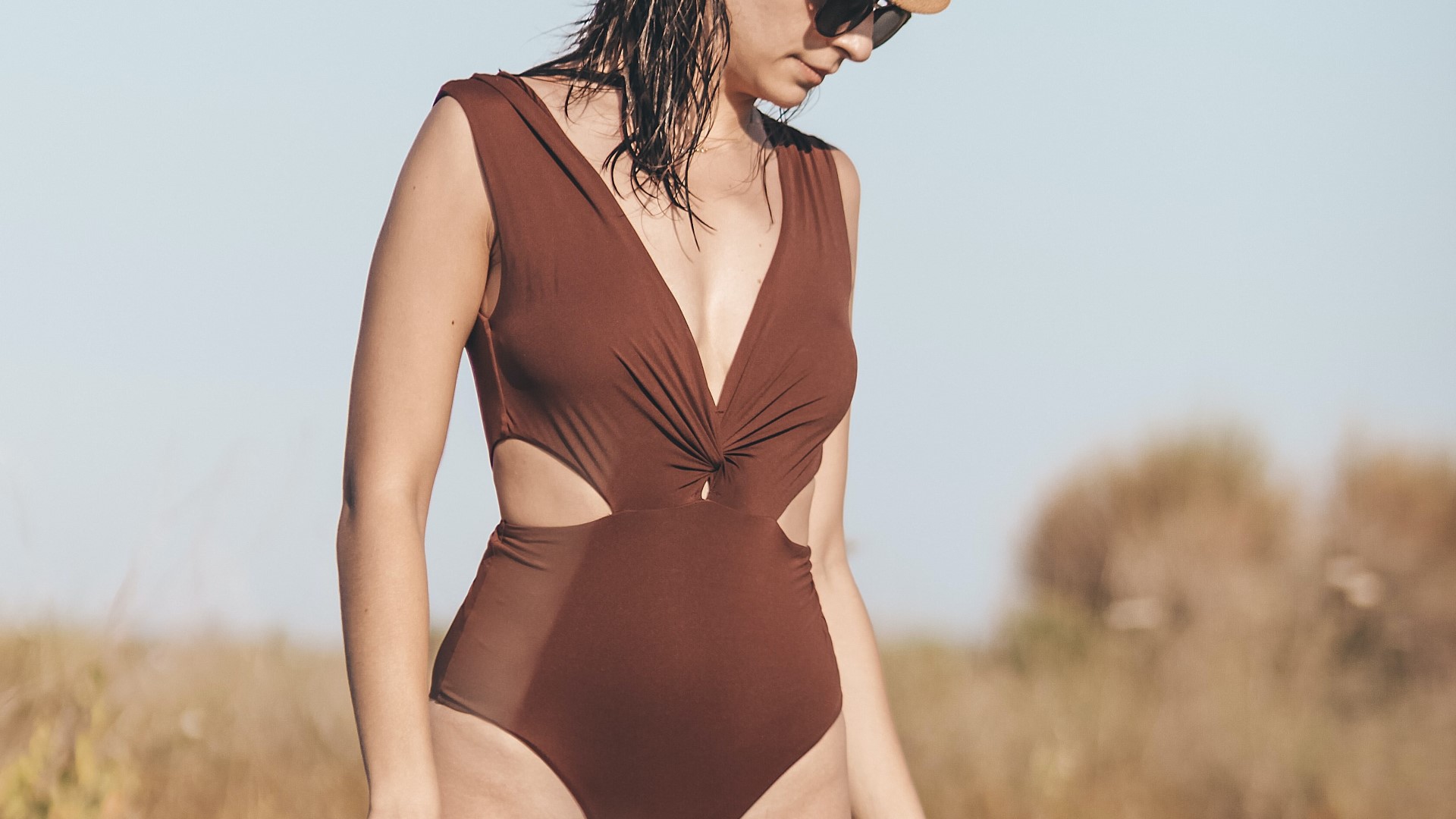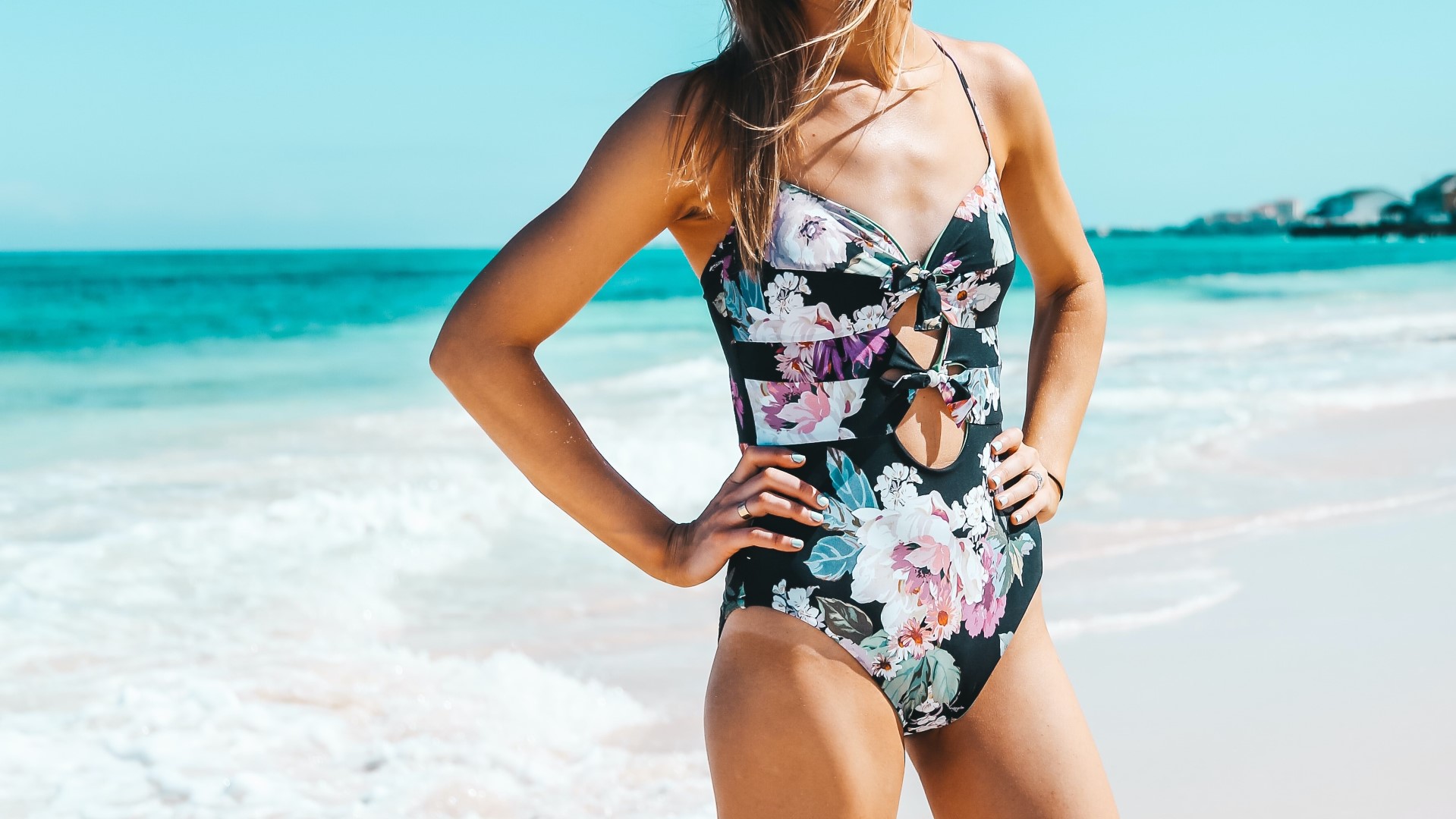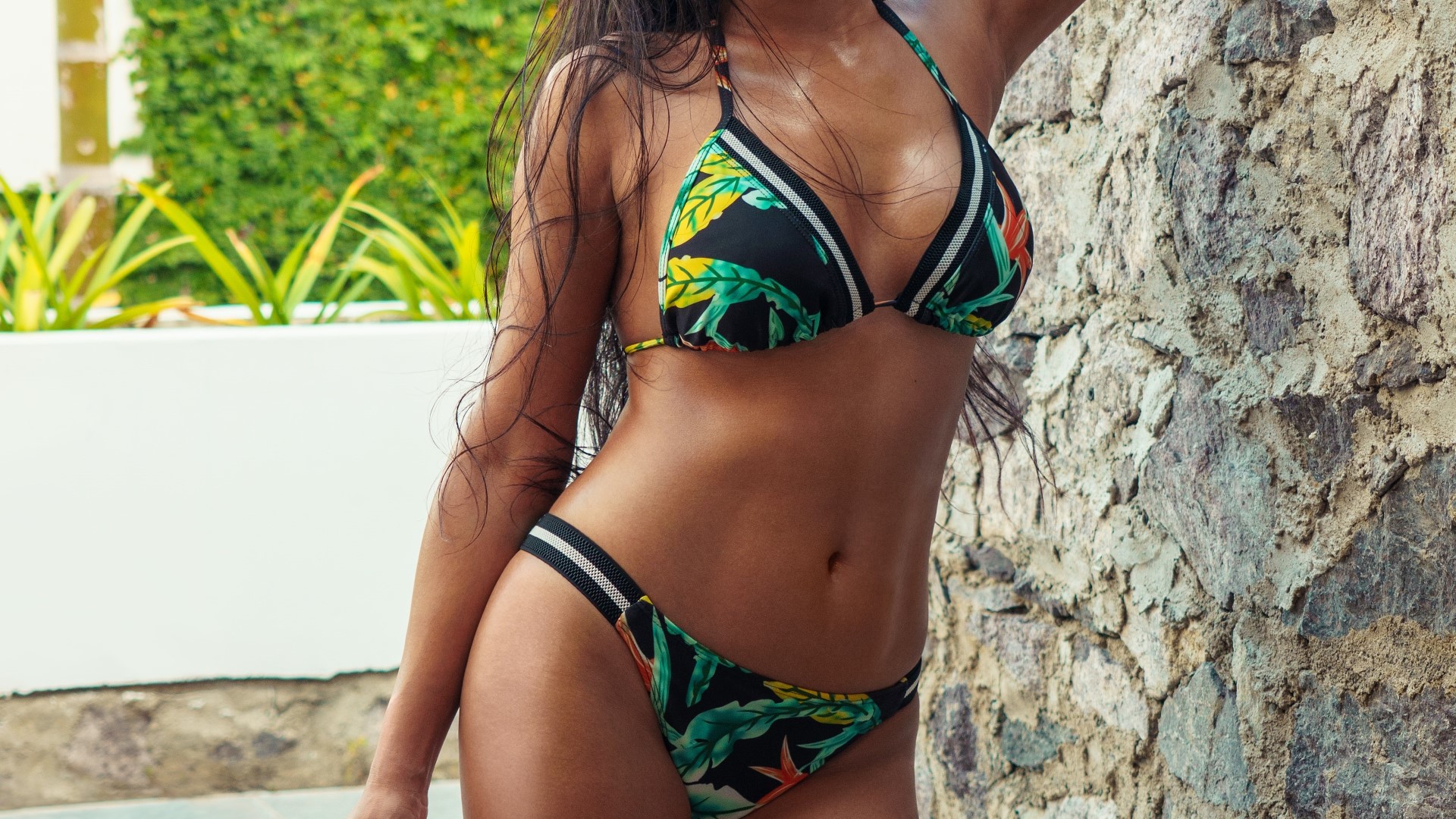This post is also available in:  English
English 繁體中文 (Chinese (Traditional))
繁體中文 (Chinese (Traditional))
Reveal: How to choose the right swimsuit for you?
LIFESTYLE / 2023-04-14

- How to choose the right swimsuit size?
- How should swimwear be maintained and washed?
- Why do swimwear prices vary so much? What is the difference?
- What kind of swimwear is suitable for different kinds of swimming activities?
- Which swimwear style should I choose, such as a bikini or a one-piece swimsuit?
- What kind of material is suitable for swimwear?
- Where can I buy high-quality swimwear?
- How to choose the color and pattern of swimwear?
- How to solve the problem of swimsuits being transparent or revealing the body?
- How to choose swimwear to highlight the advantages of body shape?
How to choose the right swimsuit size?
Picking the right swimwear size is important not only to ensure your comfort and confidence, but also to protect your body from damage. Here are some tips for choosing the right swimsuit size:
Measure body measurements: Use a tape measure or protractor to measure key areas such as your bust, waist, and hips, and record them so you can compare them to the manufacturer's size chart.
Be aware of sizing differences between brands: different brands of swimwear may vary in size, so it's worth checking each brand's size chart and choosing the right size based on your body measurements and suggested measurements.
Try it on: When choosing a swimsuit, it's a good idea to try it on to make sure it fits your shape and fits comfortably. When trying on, stretch and bend to determine if the swimsuit fits your body.
Determine the material: The material of the swimsuit is also very important. Some swimwear materials are stretchy and adapt to your body shape, while some swimwear materials are tighter and may require you to choose a size larger.
Consider the purpose of use: Different swimming activities require different swimwear, for example, a swimsuit for competition needs to be tight, while a swimsuit for fitness swimming needs more comfort.
In short, choosing the right swimsuit size is a process that requires patience and care. It is best to know your body shape and the required swimsuit size before choosing.

How should swimsuit be maintained and washed?
Swimwear is a special type of clothing that requires special care and washing as they are constantly exposed to water, sunlight and chemicals. Here are some tips for maintaining and washing your swimwear:
Wash your swimwear as soon as possible: When you're done swimming, you should wash your swimwear as soon as possible. This will prevent the swimsuit from being exposed to chemicals and sunlight for a long time, reducing wear and fading of the swimwear.
Wash in cold water: When washing swimwear, it is best to use cold water. Hot water will reduce the elasticity of the swimsuit and accelerate the wear and tear of the swimsuit. If detergent is necessary, it should be chosen specifically for swimwear.
Hand Wash Swimwear: It is best to hand wash swimwear and avoid washing machines and dryers. Washing machines and dryers can destroy the elasticity and fabric of swimwear.
Do not wring swimwear: When washing swimwear, do not wring it, as this can damage the fabric and elasticity of the swimwear.
Avoid prolonged sun exposure: Sun exposure can cause fading and fraying of swimwear, so prolonged exposure should be avoided as much as possible. If you need to dry, it is best to choose a cool place and do not use a dryer.
Be aware of chemicals in the pool water: Chemicals in the pool can damage swimwear, so the amount of time your swimwear is in the pool should be kept to a minimum.
All in all, maintaining and washing swimwear requires attention to detail, and following these tips will make your swimwear last longer and look good.

Why do swimsuit prices vary so much? What is the difference?
There can be a number of reasons for the difference in swimwear prices, here are some possible factors:
Material: The material of a swimsuit can have an impact on the price. High-quality materials can add to the cost, so more expensive swimwear usually uses better materials such as durable and chlorine-resistant nylon, polyester, elastane, and more.
Brand: Brand is another factor that affects swimwear prices. Swimwear from well-known brands is usually more expensive, while lesser-known brands may offer more affordable prices. In addition, the brand can also represent the style and design of the swimwear.
Design: The design of the swimwear can also affect the price. Swimwear that is intricate and has unique design elements can be more expensive than simpler swimwear.
Where it was produced: Where the swimwear was produced can also affect the price. In some countries, labor costs are lower, so production costs may be lower, and swimwear prices may be lower.
In general, the large price difference of swimwear may be due to the joint effect of many factors such as material, brand, design and production place. When choosing swimwear, you should consider your personal needs and budget, and choose the swimwear that suits you best.

What kind of swimsuit is suitable for different kinds of swimming activities?
Different types of swimming activities require different styles of swimwear, here are some suggestions:
Swimming in the swimming pool: Swimming suits for swimming in the swimming pool should usually choose a tighter one-piece or two-piece swimsuit, which can reduce the resistance generated during swimming. Moreover, the chlorine water in the swimming pool is easy to damage the elasticity of swimwear, so it is recommended to choose swimwear materials with chlorine resistance, such as polyester fiber and elastic fiber.
Beach swimming: swimwear for beach swimming can choose comfortable styles, such as looser swimsuits or shorts, but at the same time, pay attention to the durability of the material, because the salt and sand in the sea will cause wear and tear on the swimwear.
Surfing: Surfing requires tighter swimwear to ensure that the swimsuit will not slip in the water. It is recommended to choose a one-piece swimsuit with underwear pads, which can maintain better stability and safety.
Water sports: Swimwear for water sports should choose a tighter one-piece swimsuit to prevent the swimwear from being carried away by the current during swimming. At the same time, attention should be paid to the elasticity and durability of the swimwear to avoid cracking or deformation due to friction and pulling during activities .
Overall, choosing the right swimwear should be considered based on individual needs and type of activity to ensure that the swimwear provides a comfortable, stable and safe swimming experience.

Which swimsuit style should I choose, such as a bikini or a one-piece swimsuit?
Choosing a swimwear style is mostly a matter of personal preference and body shape, here are some suggestions:
One-piece swimsuits: One-piece swimsuits usually provide better coverage and warmth and are suitable for occasions that require a lot of swimming or water sports. Also, one-piece swimsuits shape the figure well and are suitable for those who wish to have a better figure while swimming.
Two-piece swimwear: Two-piece swimwear usually includes styles such as bikinis and briefs for better aesthetics and sexiness. For those looking to relax on the beach.
Shirt swimwear: Shirt swimwear is usually a newer style of swimwear, similar to a T-shirt, with longer sleeves and a longer hem to protect the skin from the sun and scratches. Suitable for those who need to be active in the water for a long time.
In general, the choice of swimwear style should take into account factors such as the type of activity, personal preferences, and body shape. Choosing the swimwear style that suits you best can provide a better swimming experience.

What kind of material is suitable for swimwear?
Materials suitable for swimwear need to meet the following requirements:
Durability: Swimwear is often submerged in water and needs to be water resistant and durable.
Quick Drying: Swimwear needs to be able to wick away moisture quickly to keep you dry and comfortable.
Comfort: Swimwear needs to be soft, comfortable and stretchy to allow freedom of movement while swimming.
Common materials suitable for swimwear include:
Polyester: Polyester is a common swimwear material that offers good durability, quick drying, and is relatively inexpensive.
Nylon: Another common swimwear material, nylon offers good durability and stretch, and is often softer and more comfortable than polyester.
Polyurethane: Polyurethane is an advanced swimwear material that offers exceptional stretch and durability, as well as a snug fit.
Composite materials: Composite materials are blends of materials that typically offer excellent durability, quick drying and elasticity, but can also provide additional properties such as UV resistance and water resistance.
Generally speaking, the materials suitable for swimwear need to have the characteristics of durability, quick drying and comfort, and different materials can be selected according to different needs and budgets.

Where can I buy high-quality swimsuit?
There are several places to buy high-quality swimwear:
Professional swimwear store: Professional swimwear stores usually have professional sales staff who can provide personalized advice and choices according to your needs and body shape, and the swimwear brands and styles they sell are usually professional and high-quality.
Sporting goods stores: Many sporting goods stores also sell swimwear. These stores usually have professional sales staff who can provide advice, and they sell a variety of brands and styles.
Online stores: Many brands of swimwear are available in online stores, which make it easy to compare prices and features of different brands and styles, and online stores often have consumer reviews and ratings for reference.
High-end department stores: Some high-end department stores also sell swimwear. The brands and styles sold in these stores are usually more high-end and fashionable, and the quality is more reliable.
Generally speaking, to buy high-quality swimwear, it is best to choose a professional swimwear store or a sporting goods store. If you want more choices and comparisons, you can buy in an online store, or choose a high-end department store.

How to choose the color and pattern of swimsuit?
Choosing the color and pattern of your swimwear is a very personal process, and different people have different preferences and styles. Here are some suggestions for choosing swimwear colors and patterns:
Skin tone: Your skin tone can affect the choice of swimwear color. If you have a light complexion, you can choose light-colored swimwear, such as pink, light blue, etc.; if you have a darker complexion, you can choose dark-colored swimwear, such as black, dark blue, etc.
Personal Style: Choosing the color and pattern of your swimwear should also take into account your personal style. Choose monochrome or solid-colored swimwear if you’re looking for a minimalist style, or print or patterned swimwear if you’re looking for a more flamboyant style.
Occasions: Different occasions require different swimwear colors and patterns. For example, competitions or formal occasions require low-key colors and simple patterns, while casual or play occasions can choose more fancy colors and patterns.
Preferences: Most importantly, choosing the color and pattern of your swimwear should make you feel comfortable and confident about yourself. Choose your own favorite color and pattern to make you feel happy and comfortable while swimming.
In conclusion, choosing the color and pattern of your swimwear is a personal process, and the most important thing is to feel comfortable and comfortable with yourself.

How to solve the problem of swimsuits being transparent or revealing the body?
See-through or revealing swimwear can be an embarrassing problem, but here are some ways to help with it:
Choose the right size: Swimwear that is too tight or too loose increases the risk of sheer or body revealing. Choosing the right size swimwear will allow you to feel comfortable and reduce the risk of being see-through or revealing your body.
Choose the right material: Some materials are more transparent or revealing of the body than others. Choosing a thicker material reduces the risk of transparency or revealing the body.
Added Lining: The lining of a swimsuit hides the contours of the body, reducing the risk of sheerness or revealing the body. Some swimsuits are already lined, but if you need more support or coverage, consider adding an extra lining.
Opt for dark-colored swimwear: Dark-colored swimwear is less likely to be sheer or revealing than lighter-colored swimwear.
Add additional cover: If you're concerned about being transparent or at risk of revealing your body, add another cover over your swimsuit, such as a sheer cover-up or jeans.
In summary, choosing the right size and material, adding lining, choosing a swimsuit in a dark color, and adding another cover can reduce the risk of a swimsuit being transparent or revealing the body.

How to choose swimsuit to highlight the advantages of body shape?
If you're looking to choose a swimsuit to accentuate your figure, here are some tips to help you choose the right swimwear:
Choose according to body shape: People with different body shapes are suitable for different swimwear styles. For example, some people may opt for a bikini to accentuate their abs, while others may opt for a padded one-piece swimsuit to accentuate their curves.
Choose colors and patterns: Colors and patterns can help accentuate your figure. For example, if you want to accentuate your legs, go for swimwear with horizontal stripes or prints.
Choose the right size: Choosing the right size swimwear can help you feel confident and reduce unnecessary covering or pulling.
Choose the right material: Choosing the right material can highlight the advantages of your figure. For example, some materials can provide more support or add curves.
Add some details: Some details can increase the visual effect of swimwear, such as padding, tassels, straps and so on.
In conclusion, choosing according to your body shape, choosing colors and patterns, choosing the right size, choosing the right material, and adding some details can help you choose a swimsuit that highlights the advantages of your body shape.


